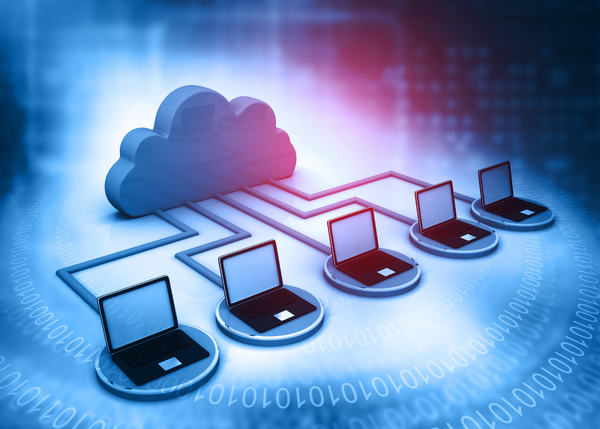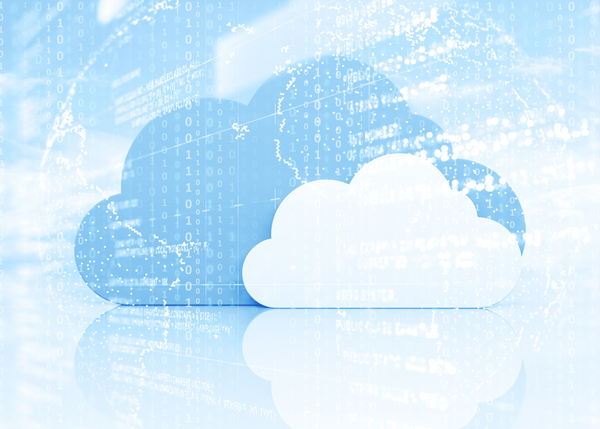It has often been said that public cloud services are more secure than the typical corporate data center. While that’s true, consider the following:
· Approximately 1.6 million files involving more than 80 municipalities were exposed due to a misconfigured Amazon S3 bucket related to MapsOnline, a software service provided by PeopleGIS. The data included personal information of area residents and their properties.
· A misconfigured S3 bucket led to the exposure of 3TB of data held by four airports in Colombia and Peru. The data included ID photos and personally identifiable information of airline employees.
· Japanese website Doctors-Me.com failed to properly configure a bucket, giving hackers access to 300,000 images uploaded by patients seeking medical consultation. Some of the images provide enough information for someone to identify the patient, including adults and children.
Cloud service providers such as Amazon have world-class data center facilities and teams of experts who are steeped in the latest security techniques. However, the cloud is only as secure as you make it, as these three data leaks show. The cloud operates under a shared responsibility model, in which cloud service providers are responsible for the security of their data center infrastructure, and customers are responsible for what’s stored there. However, there are variations to this rule.


